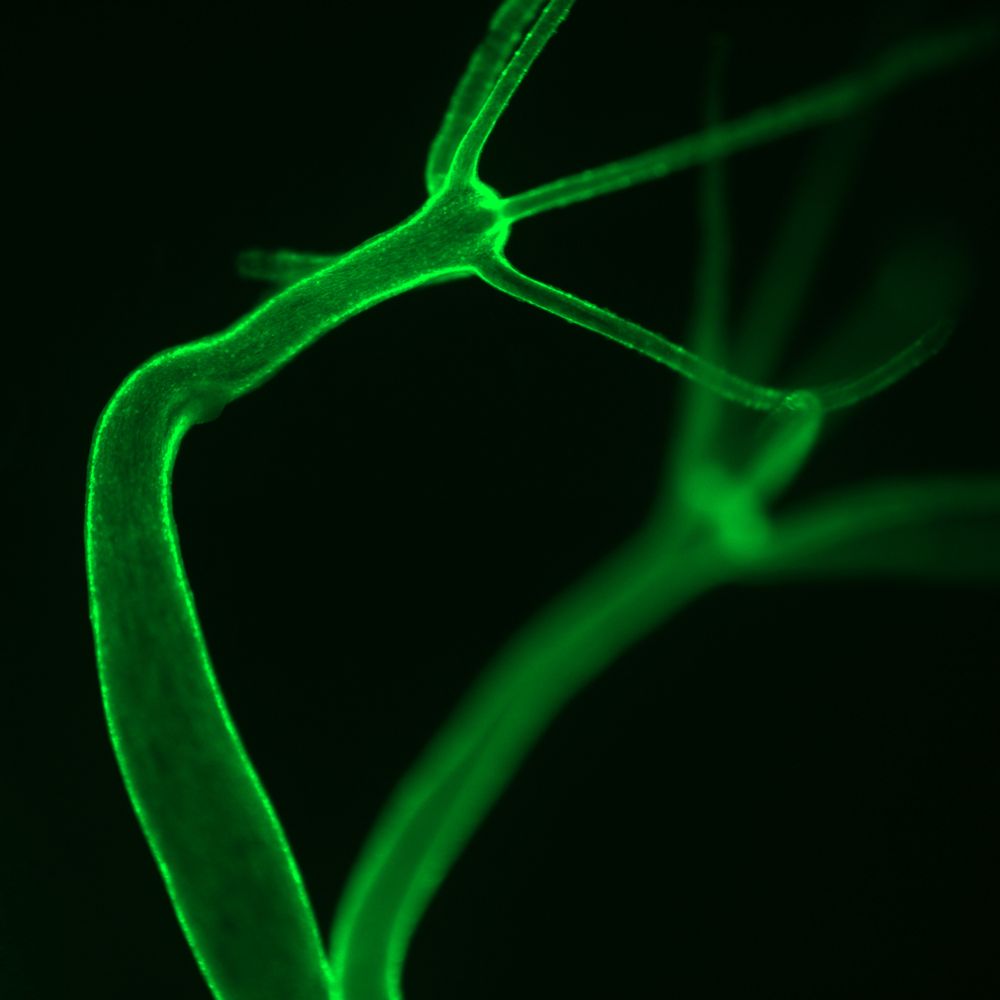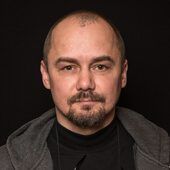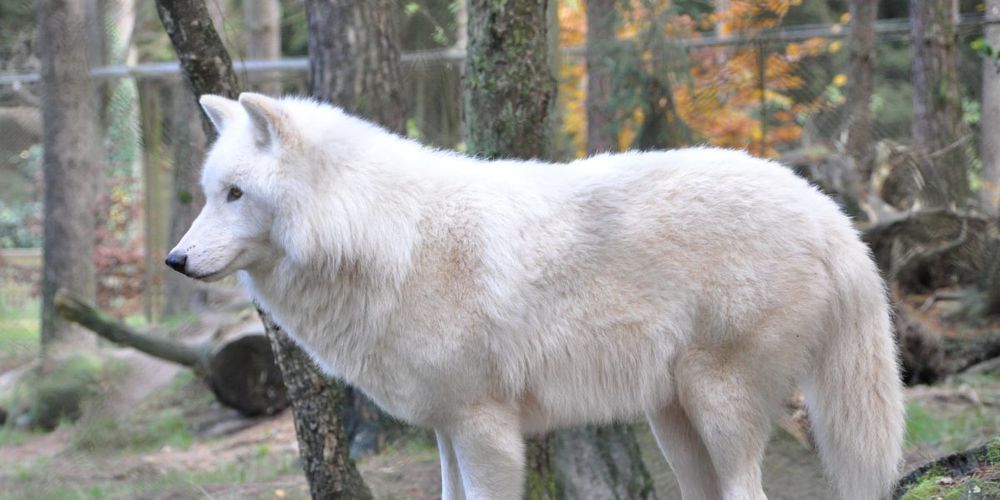And, do we even care about IQ? It is like the Impact Factor of intelligence...
04.12.2025 23:10 — 👍 25 🔁 7 💬 2 📌 2
I ate one once, and I loved it!!! But I was ignorant of the presence of corn syrup, to be fair.
18.11.2025 17:11 — 👍 2 🔁 0 💬 1 📌 0

Congratulations @philipschoene.bsky.social on defending his Master’s thesis on the supremacy of mechanics in Hydra regeneration from aggregates of dissociated cells. Expertly guided by @anaisbailles.bsky.social. #experiment and #theory #LoPaTs @mpi-cbg.de @poldresden.bsky.social #stuffthatmatters
23.09.2025 10:02 — 👍 41 🔁 4 💬 5 📌 1
Thanks a lot to @elisecutts.bsky.social for nicely highlighting and putting in context our article! It was very interesting to discuss together, notably about the analogies between the emergence of order in Hydra and other physical phenomena.
12.09.2025 13:56 — 👍 15 🔁 6 💬 0 📌 0
Thank you Mathieu! 😁
29.08.2025 12:12 — 👍 1 🔁 0 💬 0 📌 0

Dear Fly Community,
In May 2025, the NIH terminated all grant funding to Harvard University, including the NHGRI grant that supported FlyBase. This grant also funded FlyBase teams at Indiana University (IU) and the University of Cambridge (UK), and as a result, their subawards were also canceled.
The Cambridge team has secured support for one to two years through generous donations from the European fly community, emergency funding from the Wellcome Trust, and support from the University of Cambridge. At IU, funding has been secured for one year thanks to reserve funds from Thom Kaufman and a supplement from ORIP/NIH to the Bloomington Drosophila Stock Center (BDSC).
Unfortunately, the situation at Harvard is far more critical. Harvard University had supported FlyBase staff since May but recently denied a request for extended bridge funding. As a result, all eight employees (four full-time and four part-time) were abruptly laid off, with termination dates ranging from August to mid-October depending on their positions. In addition, our curator at the University of New Mexico will leave her position at the end of August. This decision came as a shock, and we are urgently pursuing all possible funding options.
To put the need into perspective: although FlyBase is free to use, it is not free to make. It takes large teams of people and millions of dollars a year to create FlyBase to support fly research (the last NHGRI grant supported us with more than 2 million USD per annum).
To help sustain FlyBase operations, we have been reaching out to you to ask for your support. We have set up a donation site in Cambridge, UK, to which European labs have and can continue to contribute, and a new donation site at IU to which labs in the US and the rest of the world can contribute. We urge researchers to work with their grant administrators to contribute to FlyBase via these sites if at all possible, as more of the money will go to FlyBase. However, we appreciate that some fu…

https://wiki.flybase.org/wiki/FlyBase:Contribute_to_FlyBase
Our immediate goals are:
1. To maintain core curation activities and keep the FlyBase website online
2. To complete integration with the Alliance of Genome Resources (The Alliance).
Integration with the Alliance is essential for FlyBase’s long-term sustainability. For nearly a decade, NHGRI/NIH has supported the unification of Model Organism Databases (MODs) into the Alliance, which we aim to achieve by 2028. Therefore, securing bridge funding to sustain FlyBase over the next three years is crucial for successful integration and the long-term access to FlyBase data.
At present, our remaining funds will allow us to keep the FlyBase website online for approximately one more year. Beyond that, its future is uncertain unless new funding is secured. We will, of course, continue pursuing additional grant opportunities as they arise.
Given the uncertainty of future NIH or alternative funding sources, we are relying on the Fly community for support. Your contributions will directly help us retain the staff needed to complete this transition and to secure ongoing fly data curation into the Alliance beyond 2028.
We at FlyBase are incredibly grateful for the outpouring of support from the community during this challenging time. Your encouragement has strengthened our resolve and underscores how vital this resource remains to Drosophila research worldwide.
Sincerely,
The FlyBase Team
The community of Drosophila researchers is amazing, mutually supportive and collaborative. Right now a key resource for our community, @flybase.bsky.social , is threatened by the cancellation of its NIH grant and is seeking community help in raising short term funds 1/n 🧪 please share
23.08.2025 12:18 — 👍 151 🔁 127 💬 1 📌 7
This is a question for #LISH25 :)
19.08.2025 10:28 — 👍 2 🔁 0 💬 0 📌 0

Our beautiful Hydra made the cover!!! 😍😍😍
An experiment performed by Pavel Mejstrik with a HCR protocol by @giuliaserafini.bsky.social, @paveltomancak.bsky.social lab @mpi-cbg.de
Actin fibers in blue, nuclei in orange.
13.08.2025 08:51 — 👍 154 🔁 25 💬 3 📌 0


And in case you were wondering if Hydras look like their mythological counterparts, the regenerated aggregates can indeed have multiple heads! And their number is scaling with the size of the aggregate.
06.08.2025 13:38 — 👍 9 🔁 0 💬 0 📌 0
PNAS
Proceedings of the National Academy of Sciences (PNAS), a peer reviewed journal of the National Academy of Sciences (NAS) - an authoritative source of high-impact, original research that broadly spans...
You can find more movies here, and do not miss the supplementary figures: tinyurl.com/3wz4mavb. Thanks to the people who contributed to this work, Giulia Serafini, Heino Andreas, Chris Zechner, Carl Modes, @paveltomancak.bsky.social and @mpi-cbg.de. A big thank to the Hydra community for the help 💚
06.08.2025 13:28 — 👍 7 🔁 0 💬 1 📌 0

Embryos hatch in a configuration similar to our stretch experiments: they break the shell on one side and stretch outside this hole. Actin is indeed aligned with the direction of the stretch. The mechanism we uncovered could also provide robustness to the embryo patterning. (9/9)
06.08.2025 13:23 — 👍 5 🔁 0 💬 1 📌 0
We think this is a great example of how mechanics impacts and potentially drives self-organization and the emergence of order in collectives of cells, and how analogies from physics can help understand it. Of course, ‘what about embryos?’ asked Pavel. (8/9)
06.08.2025 13:22 — 👍 7 🔁 1 💬 1 📌 0

Altogether, this suggests that the ordering of actin in aggregates happens through cell-cell interaction and is favored by anisotropic stretch but delayed by supracellular (smectic-like) fibers. Wnt head organizers would only play a role later. (7/9)
06.08.2025 13:21 — 👍 6 🔁 0 💬 1 📌 0
What about stretch? We constrained the aggregates in agarose except for a hole. The tissue protrudes inside the hole, and the resulting stretch has a fast effect on actin alignment in the whole aggregate. Importantly, Wnt head organizers were not yet present in the protrusion. (6/9)
06.08.2025 13:20 — 👍 8 🔁 0 💬 1 📌 1


We mechanically perturbed the aggregate by changing topology ('skewer') and geometry ('sausage'). Topological changes alone do not significantly bias the actin orientation. Geometry has an indirect effect on actin orientation but is not associated with curvature anisotropy. (5/9)
06.08.2025 13:18 — 👍 6 🔁 0 💬 1 📌 0
Measurement of the nematic (orientation) order parameter in space and time showed growing ordered domains and line defects. This suggests that local cell-cell interactions drive the transition from disorder to order. (4/9)
06.08.2025 13:17 — 👍 7 🔁 0 💬 1 📌 0


First, we quantified the emergence of order over days using analogies with liquid crystals. Rotational symmetry is broken. Surprisingly, translation symmetry is also partially broken. This smectic behavior is associated with the formation of supracellular actin fibers. (3/9)
06.08.2025 13:14 — 👍 7 🔁 0 💬 1 📌 0

Hydra is not only immortal but also can self-organize a whole organism from a clump of thousands of cells. In these aggregates, actin polarity is completely lost in cells and is re-established de novo. We studied how the transition from disorder to order happens. (2/9)
06.08.2025 13:12 — 👍 6 🔁 0 💬 1 📌 0
Very happy that the first article from my postdoc work in the Tomancak lab is now published @PNAS! www.pnas.org/doi/10.1073/.... We studied the self-organization of actin in aggregates made from Hydra cells. Thread below (1/9)
06.08.2025 13:09 — 👍 143 🔁 41 💬 3 📌 4

Stretching the immortal Hydra
Dresden researchers show how cells can create a new organism from scratch by coordinating their mechanical properties.
Stretching the immortal Hydra. Publication by @paveltomancak.bsky.social group with Carl Modes @mpi-cbg.de & @zechnerlab.bsky.social shows how cells can create a new organism from scratch by coordinating their mechanical properties. @anaisbailles.bsky.social @pnas.org www.mpi-cbg.de/news-outreac...
05.08.2025 12:45 — 👍 46 🔁 16 💬 1 📌 0


To recognise and celebrate @svobodalab.bsky.social's pivotal contribution to Woodstock Bio2 + Night Science, #TCTeAC, I am starting this "What Petr Svoboda did at Woodstock?" thread. If you were there - #contribute and #retweet.
"Petr Didn’t Submit an Abstract. #TCTeAC Submitted to Him."
04.08.2025 07:02 — 👍 30 🔁 10 💬 1 📌 1

The Extinction of Truth
Or, a Colossal Pile of Bullshit
Updated a broken link in my substack post about the
#ColossalBio #DeExtinction #DisInformation campaign – dire wolves are still extinct.
open.substack.com/pub/devoevom...
12.06.2025 14:25 — 👍 54 🔁 13 💬 4 📌 4

#LoPaT @anaisbailles.bsky.social bringing up the wonders of #Hydra, #physics, disorder to order transition and tissue mechanics to #TCTeAC
11.06.2025 15:00 — 👍 14 🔁 5 💬 0 📌 0
MorphoNet is an interactive viewer dedicated to 3D and 3D+t datasets made with intensity images and/or segmented data.
Chief Science and Strategy Officer, openRxiv. Co-Founder, bioRxiv and medRxiv.
Professor of Algorithmic and Microbial Genomics at the University of Bath (UK). Pangenomes, drug resistance (esp TB), data structures for DNA search, plasmid evolution, global microbial surveillance. Open Data, reproducibility
Professor of Interdisciplinary Stuff @ Department of Social and Behavioral Sciences, Toulouse School of Economics (TSE), and Institute for Advanced Study in Toulouse (IAST).
Mathematical models of cooperation and conflict.
https://jorgeapenas.github.io
Personal account
Evolutionary biologist, senior scientist at CNRS/Sorbonne Université
Interests: origins and control of infectious diseases and conspiracy theories; diversity in science; scientific publishing
https://www.normalesup.org/~fdebarre/
EN & FR
PhD candidate at EMBL-EBI and the University of Cambridge (Uhlmann Group). Turning bioimages into numbers and finding the stories they hide. Loves math, climbing, and anime
Microfluidics • Soft matter • Cells
Ass. Pr. at Sorbonne U. / ENS-PSL and IPGG
Maker of chips, droplets, and tools for curious biology.
Homepage : https://fattaccioli.github.io
Developmental Biologist interested in nervous systems and evolution.
Theoretical physicist | UNSW, Sydney and EMBL Australia | Soft, Active and Biological Matter | Father of four daughters | Posts my own.
Biologist inspired by physics | Group Leader, Developmental Biology Unit, EMBL Heidelberg
ERC President, researcher, biologist, passionate about fundamental research and human curiosity and creativity in all areas, and my family (which comes first)
From embryos to equations and back.
We study how physical principles shape life, from collective DNA–protein interactions to mesoscale processes within cells and tissues.
Tweets by Grill Lab members.
https://grill-lab.org
Serra Group at UCSD Physics: Nonlinear Dynamics & Physics of Living Systems.
http://www.mattiaserra.com
Prev. |@SchmidtFellows @Harvard, PhD @ETH_en
🔬 Junior Group Leader in Münster, Germany.
🌐 Lab Website: https://www.bischofflab.com/
🌀 Morphogenesis, collective cell migration, and chiral organ development in #Drosophila.
🐍 Animal photos: 📷 instagram.com/maikscritters
art & architectural historian / visual, material & religious culture
Postdoc at the Crick in the Briscoe Lab. Previously PhD student with Mustafa Khammash at ETHZ. Development, synthetic biology, and optogenetics. And Art and stuff.
Scientist at @cnrs.bsky.social @laboptbio.bsky.social
https://lob.ip-paris.fr/en/chiara-stringari
Label-free optical microscopy and metabolic imaging.
'Science doesn't care about what you believe'
Postdoctoral researcher Manning Group @manningresearch.bsky.social . Completed PhD from Forschungszentrum Jülich, University of Cologne.
Manning Research Group at Syracuse University: theory and computation focused on cells, grains, tissues, glasses, and other out-of-equilibrium disordered matter
Quantitative stem cell biologist and group leader @TheCrick Institute. Cell decision-making. Cell fate and cell division. @Stanford, @EMBL alumna. ENTP. Mum. Diver.





















